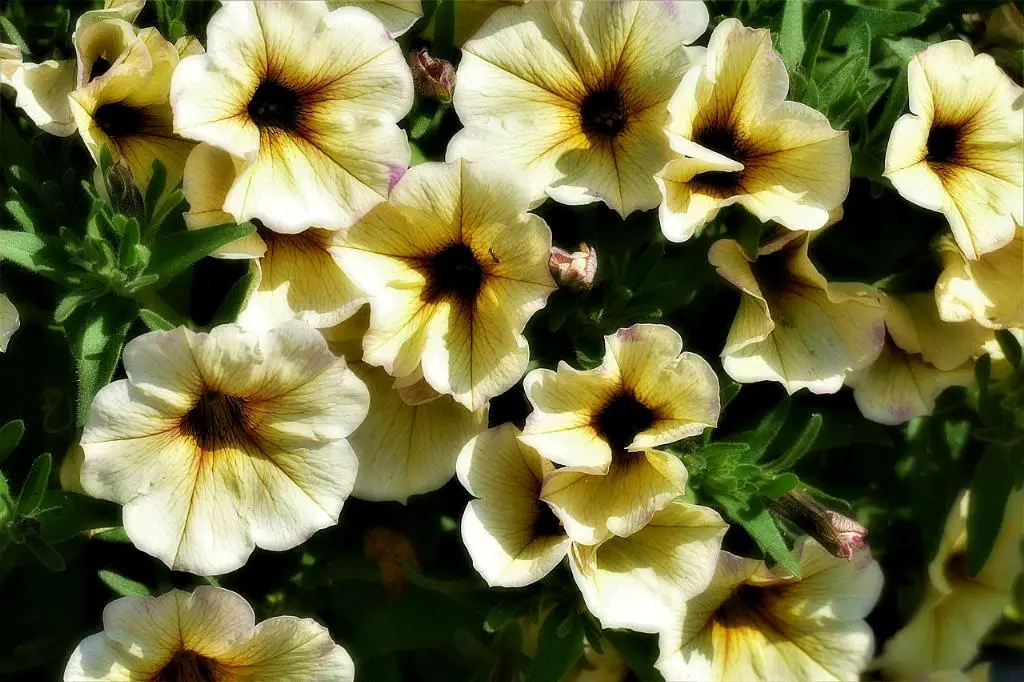When it comes to petunias, knowing how and when to cut them back can help ensure that they stay healthy, vibrant, and continue to bloom throughout the season. Trimming petunias is a simple yet essential gardening task that can promote growth and encourage a fuller, more abundant display of flowers. With the right techniques, you can keep your petunias looking their best all summer long.
1. Why Cut Back Petunias?
Pruning or cutting back petunias serves several purposes. It helps the plant maintain its shape, encourages new growth, prevents leggy or straggly stems, promotes more blooms, and overall enhances the plant’s appearance. Regular trimming also removes dead or fading flowers, allowing the plant to focus its energy on producing new blooms.
2. When to Cut Back Petunias?
It is best to start cutting back petunias early in the growing season, typically in late spring or early summer. Regularly deadheading spent flowers and trimming back leggy stems can help the plant maintain a compact and bushy shape. Trimming throughout the season can also help prolong the blooming period.
3. The Process of Cutting Back Petunias
Using clean, sharp scissors or pruning shears, snip off the faded or dead flowers just above a set of healthy leaves or a leaf node. This encourages new growth from the cut point and prevents the plant from wasting energy on seeds. You can trim back up to one-third of the plant at a time, cutting back to just above a leaf node or a branching junction.
4. Trimming Encourages New Growth
By cutting back petunias, you stimulate the plant to produce new shoots and branches. This promotes a fuller, more compact growth habit, leading to a bushier plant with more blooms. Regular pruning can help prevent petunias from becoming leggy or sparse, ensuring a dense and colorful display in your garden.
5. Maintaining Vigor and Health
Trimming back petunias not only improves their appearance but also helps maintain the plant’s overall vigor and health. By removing dead or diseased growth, you prevent the spread of diseases and ensure that the plant can focus its resources on producing new, healthy growth. This can result in stronger, more resilient plants.
6. Enhancing Flowering
When you cut back petunias regularly, you encourage the plant to produce more flowers. By removing spent blooms, you prevent the plant from investing energy into seed production and instead promote continuous flowering. This can result in a more abundant and prolonged display of colorful flowers in your garden.
7. Tips for Effective Trimming
When cutting back petunias, make sure to use clean and sharp tools to prevent damaging the plant. Take care to trim just above a leaf node or branching point to encourage new growth. Avoid cutting into old wood or removing too much foliage at once, as this can stress the plant and impact its ability to recover.
8. Aftercare and Maintenance
After cutting back your petunias, make sure to water the plants thoroughly to help them recover from the pruning. Consider feeding them with a balanced fertilizer to support new growth and flowering. Continue to monitor the plants throughout the season, trimming back as needed to maintain their shape and promote healthy growth.
9. Potential Challenges and Solutions
Sometimes, petunias may suffer from issues such as fungal diseases, pests, or nutrient deficiencies. Regularly cutting back the plants can help improve air circulation, reduce the risk of disease, and allow you to address any issues promptly. Monitor your petunias closely to catch any problems early on.
10. Long-Term Benefits of Pruning
By incorporating regular cutting back into your petunia care routine, you can enjoy numerous benefits in the long run. Healthier, more vigorous plants, abundant blooms, and a neater appearance are just some of the rewards of proper pruning. With a little time and effort, you can help your petunias thrive and flourish.

11. Conclusion
Cutting back petunias is a simple yet effective way to promote healthy growth, encourage flowering, and maintain the overall appearance of the plants. By following the right techniques and incorporating pruning into your gardening routine, you can ensure that your petunias stay vibrant and beautiful throughout the growing season.
